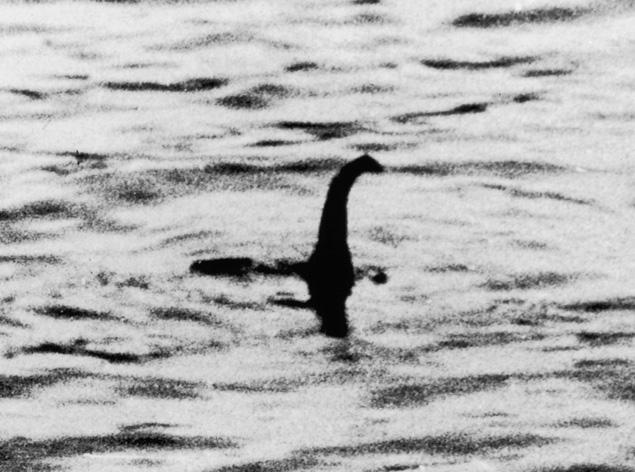The Loch Ness Monster: It's Scotland's Fault

The infamous Loch Ness monster often appears, according to legend, accompanied by Earth tremors and swirling bubbles from the Scottish lake of the same name.
However, at least one researcher believes the shaking ground and bubbles aren't signs of a monster but rather an active fault underlying Loch Ness and other nearby lakes.
Italian geologist Luigi Piccardi credits the Great Glen fault system for reported sightings of the legendary beast, Scientific American reports. Rumor or Reality: The 10 Creatures of Cryptozoology
"There are various effects on the surface of the water that can be related to the activity of the fault," Piccardi said in an interview published in the Italian newspaper La Repubblica.
Piccardi also claims that alleged Loch Ness monster sightings have coincided with periods of seismic activity. "We know that this was a period [1920-1930] with increased activity of the fault. In reality, people have seen the effects of the earthquakes on the water."
The Great Glen fault is more than 62 miles (100 kilometers) long and cuts the Scottish Highlands into northern and southern halves. The strike-slip fault, where rocks slide past one another with no vertical movement, is largely responsible for creating Loch Ness, the deepest freshwater lake in Britain. (The San Andreas Fault and Anatolian Fault are considered strike-slip.)
The fault has produced several minor earthquakes over the past few centuries, usually of magnitude 3 or 4. Earthquakes were recorded in 1816, 1888, 1890 and 1901, the Daily Mail reports.
Get the world’s most fascinating discoveries delivered straight to your inbox.
The Loch Ness monster first leaped into international fame in the 1930s, when a photo taken by a London surgeon named Kenneth Wilson showing a serpentine head and neck was widely published. Decades later, however, that image was revealed to be a hoax.
Despite many years of searching for the creature — using everything from cameras strapped on dolphins to miniature submarines — no real evidence of "Nessie" has ever surfaced. For instance, after scouring the lake with sonar beams and satellite imaging, researchers with the British Broadcasting Corporation (BBC) found no evidence of such a large beast.
Though no scientific evidence of a Loch Ness monster exists, that hasn't diminished interest in the beast (one of the biggest tourist attractions in Scotland). In 2012, boatman George Edwards claimed he saw and photographed the monster. Skeptics, however, dismissed his photo as that of a floating log or a large fish.
- Our 10 Favorite Monsters
- Gallery: The 10 Strangest Places on Earth
- Image Gallery: 25 Amazing Ancient Beasts
Follow Marc Lallanilla on Twitter and Google+. Follow us @livescience, Facebook & Google+. Original article on LiveScience.com.

